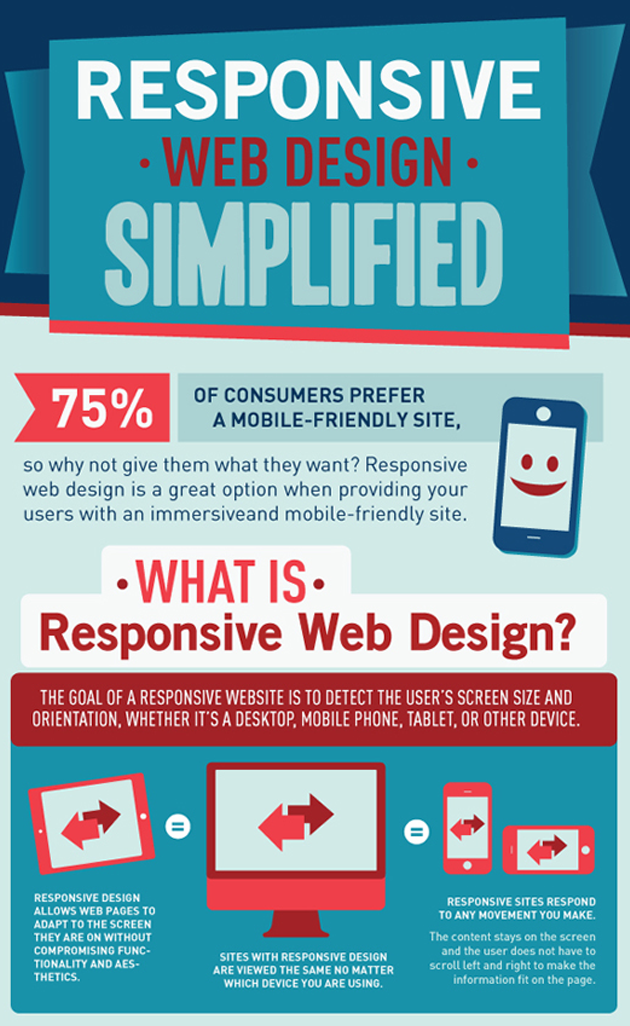Crucial Element Of Site Style: Approaches For Developing An Accessible Customer Experience
Crucial Element Of Site Style: Approaches For Developing An Accessible Customer Experience
Blog Article
Content Written By-Christophersen Gammelgaard
When it pertains to web site design, making certain user-friendliness is key. From receptive layout to structured navigating, every element plays a critical role in producing a site that satisfies your target market's needs. But what regarding the finer details that can make or damage an individual's surfing experience? Remain tuned as we uncover some often-overlooked ideas that can elevate your internet site's functionality to the following level, making it genuinely attract attention in the electronic landscape.
Significance of Responsive Design
Receptive style is a vital aspect of modern internet site development. Guaranteeing your internet site is receptive means that it can adapt to different display sizes and devices, offering a seamless experience for users.
With the increasing use smartphones and tablet computers to access the internet, having a receptive design is essential for getting to a larger audience. It helps in improving user experience by making your site easy to browse and read on any type of device.
Furthermore, receptive design can favorably affect your search engine positions, as online search engine like Google focus on mobile-friendly sites. By having a responsive layout, you're additionally future-proofing your web site, as brand-new tools with differing screen sizes continue to emerge.
Simplify Navigating Structure
To improve individual experience and facilitate very easy access to information on your site, streamlining the navigation framework is critical. When designing your website, focus on producing a clear and instinctive navigation menu that aids site visitors find what they're looking for rapidly.
find out here of menu products to the basics, grouping relevant web pages together to avoid frustrating individuals. Use detailed labels that clearly suggest the web content of each web page, making it less complicated for customers to recognize where each web link will certainly take them.
Take into consideration carrying out dropdown menus for subcategories to prevent jumbling the primary navigating bar. In addition, consist of a search bar plainly on the web page for individuals that prefer searching for details info.
Prioritize mobile responsiveness in your navigation style to make sure very easy accessibility on all tools.
Maximize Page Lots Rate
Improving page lots speed is crucial for retaining site visitors on your site. Slow-loading pages discourage customers and can lead to high bounce prices. To enhance page tons speed, start by optimizing pictures. Compress pictures without jeopardizing quality to reduce their documents sizes.
In addition, allow web browser caching to keep regularly accessed resources locally, quickening lots times for returning visitors. Minify CSS, JavaScript, and HTML documents by getting rid of unneeded personalities, comments, and format, enhancing lots speed.
Consider utilizing a content distribution network (CDN) to disperse your site's content throughout multiple servers worldwide, lowering latency for individuals accessing your website from different locations. professional web design but not least, limit using third-party scripts and plugins, as they can substantially impact lots times.
Final thought
In conclusion, by integrating receptive style, simplifying navigation, and optimizing web page tons rate, you can produce an user-friendly web site that attract a bigger audience and improves user experience. These essential elements ensure that visitors can easily accessibility and browse your site across different tools, causing raised involvement and satisfaction. By concentrating on these essential elements, you can build a successful site that maintains individuals returning for even more.
